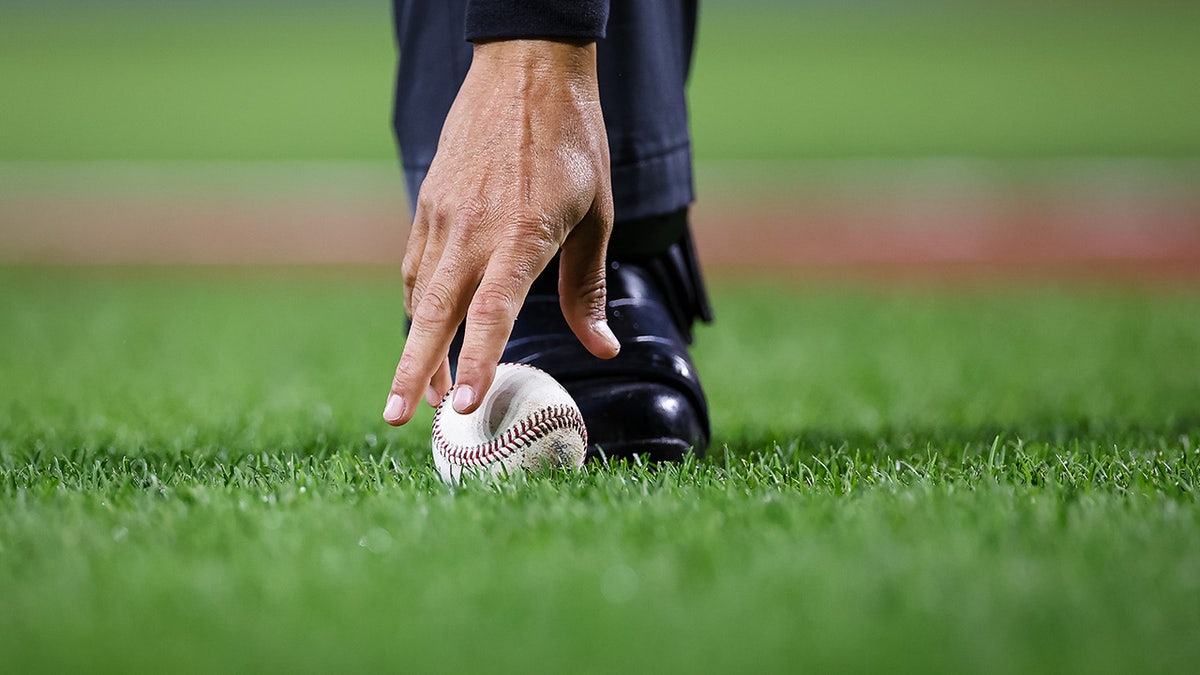
Automated Ball-Strike System: A Step Towards Human Error Reduction
Introduction
Baseball, a sport steeped in tradition and human judgment, has embarked on a technological journey that seeks to enhance accuracy and objectivity. The Automated Ball-Strike (ABS) challenge system, piloted in the minor leagues since 2021, has made its debut in Major League Baseball (MLB) this spring. As the human element in baseball gradually diminishes, purists must grapple with the implications of this technological advancement.
Spring Training Debut
On a crisp Thursday morning in Arizona, the Chicago Cubs faced off against the Los Angeles Dodgers in a Cactus League game that marked the official kickoff of spring training. Just seven pitches into the game, the ABS system went into action. Cubs pitcher Cody Poteet threw a low and inside 95 mph fastball to Max Muncy that was initially called a ball.
Poteet, sensing an incorrect call, immediately tapped his hat twice, triggering the ABS challenge. The system swiftly overturned the call, resulting in an 0-2 count instead of 1-1. The entire ordeal lasted a mere 25 seconds, highlighting the efficiency of the ABS.
Benefits of ABS
Advocates of ABS argue that it eliminates human error and ensures a more accurate and consistent strike zone. In the minor leagues, where ABS has been tested extensively, the system has reduced the number of incorrect calls by a significant margin. Furthermore, ABS challenges take an average of 17 seconds, which is unlikely to affect the pace of play.
Commissioner Rob Manfred has expressed his belief that ABS has the potential to be implemented full-time by the 2026 season. MLB is also exploring other technological advancements, such as electronic strike zones, to further enhance the accuracy and fairness of the game.
Fan Reaction
While baseball purists may bemoan the diminishing role of human umpires, fans seem to be embracing the changes. MLB attendance has increased in each of the last two years, suggesting that fans appreciate the efforts to improve the quality and fairness of the game.
Concerns and Challenges
Despite the potential benefits of ABS, there are some concerns that need to be addressed. One worry is that the system might not be foolproof and could introduce new errors into the game. Additionally, some argue that ABS could diminish the artistry and subjectivity that have long been part of baseball’s charm.
Another challenge is the potential for abuse by players or managers who may challenge calls simply to slow down the pace of play. To mitigate this, MLB has implemented strict rules limiting the number of challenges per game and requiring challenges to be made immediately after the call.
Conclusion
The implementation of ABS in MLB is a significant step towards technological advancement in the sport. While it may upset some purists, the system promises to improve accuracy, reduce human error, and enhance the overall fairness of the game. As baseball continues to evolve, it will be fascinating to see how ABS and other technological innovations shape the future of this beloved pastime.
